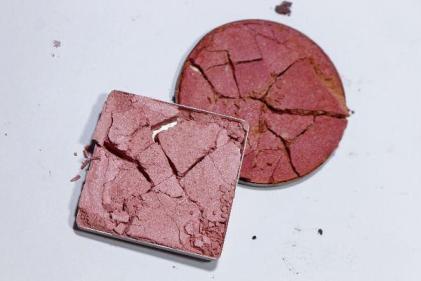You are aware that intercourse is what leads to the conception of babies, but do you know the actual biological processes that enable conception?
In women, ovaries are the foundation of conception. You are born with all the eggs you will ever have in your ovaries. A girl can have up to 450,000. However, your eggs begin to die off almost instantly. In total, you will release about 400 eggs a month throughout your years of fertility, which begin with your first period and end with the onset of menopause.
You release an egg during ovulation, which happens sometime in the middle of your cycle each month. Between one and three eggs are reaching maturity in your ovaries at any given time and the egg that is most mature will travel down the Fallopian tubes. (These tubes connect the ovaries to the uterus.) This egg lives somewhere between 12 and 14 hours after its release. If the egg meets a sperm, they create an embryo. If not, the egg dies in the uterus and disintegrates. In the event the egg is not fertilised, the body ceases production of the two hormones that support pregnancy and the lining of the uterus is shed along with the egg.
By contrast, men’s bodies produce sperm around the clock. Sperm maturation takes roughly between 64 and 72 days. Each ejaculation releases 300 million sperm. Men’s bodies must constantly produce sperm in order to keep a supply on hand.
Sperm is created in the testicles. It is no coincidence that the testicles hang outside the body. This is to keep the area cooler than the rest of the body—roughly one degree cooler. A coil called the epidydimus stores the sperm so that it can be mixed with semen just prior to release.
Even though men have millions of sperm in their bodies at any given moment, a single sperm fertilises an egg. That sperm determines the sex of the baby.
During intercourse, orgasm aids in conception. For the man, it releases the sperm. But in the woman, the contractions pull the sperm toward the egg. The sperm must overcome the obstacle of the acidic vaginal conditions and the cervical mucus, which acts as a barrier, to reach the egg and fertilise it. Sperm must travel about seven inches to reach the egg and they move at a rate of one inch every 15 minutes. So in order to fertilise the egg, they must live long enough to reach it. If the sperm make it to the Fallopian tubes and do not find a waiting egg, they can rest there for up to 24 hours. Although millions of sperm are released, only a few make it to the egg.
Once a sperm infiltrates the outer shell of the egg, the egg immediately closes off to any other sperm. Once fertilised, the egg will make its journey to the uterus, a path which will take about three days to cover.












